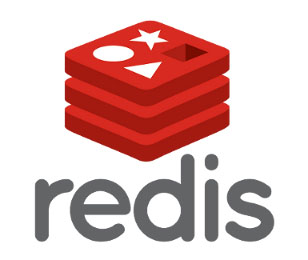
In this tutorial, we will show you how to install Redis on Debian 10. For those of you who didn’t know, Redis is an in-memory key-value data structure store mainly used as a database, message broker, or cache. Redis supports wide languages with flexibility and high performance. It supports different data structures like strings, lists, sets, maps, spatial indexes, and bitmaps.
This article assumes you have at least basic knowledge of Linux, know how to use the shell, and most importantly, you host your site on your own VPS. The installation is quite simple and assumes you are running in the root account, if not you may need to add ‘sudo‘ to the commands to get root privileges. I will show you the step-by-step installation of Redis on a Debian 10 (Buster) server.
Prerequisites
- A server running one of the following operating systems: Debian 10 (Buster).
- It’s recommended that you use a fresh OS install to prevent any potential issues.
- A
non-root sudo useror access to theroot user. We recommend acting as anon-root sudo user, however, you can harm your system if you’re not careful when acting as the root.
Install Redis on Debian 10 Buster
Step 1. Before we install any software, it’s important to make sure your system is up to date by running the following apt commands in the terminal:
sudo apt update sudo apt upgrade
Step 2. Installing Redis on Debian 10.
Redis version 5.0.x is included in the default Debian 10 repositories. To install it run the following command:
sudo apt install redis-server
Once the installation is completed, the Redis service will start automatically. To check the status of the service enters the following command:
sudo systemctl status redis-server
The output should look like this:
redis-server.service - Advanced key-value store
Loaded: loaded (/lib/systemd/system/redis-server.service; enabled; vendor preset: enabled)
Active: active (running) since Thu 2019-11-30 14:23:35 PST; 15s ago
Docs: http://redis.io/documentation,
man:redis-server(1)
Main PID: 2024 (redis-server)
Tasks: 6 (limit: 2469)
Memory: 8.9M
CGroup: /system.slice/redis-server.service
└─2020 /usr/bin/redis-server 127.0.0.1:6379
Step 3. Configure Redis Cache.
To configure Redis as a cache you need to edit the /etc/redis/redis.conf file:
sudo nano /etc/redis/redis.conf
# IF YOU ARE SURE YOU WANT YOUR INSTANCE TO LISTEN TO ALL THE INTERFACES # JUST COMMENT THE FOLLOWING LINE. # ~~~~~~~~~~~~~~~~~~~~~~~~~~~~~~~~~~~~~~~~~~~~~~~~~~~~~~~~~~~~~~~~~~~~~~~~ bind 127.0.0.1 ::1
Restart the Redis service for changes to take effect:
sudo systemctl restart redis-server
We will now test the Redis instance with some commands:
$ redis-cli 127.0.0.1:6379> ping PONG 127.0.0.1:6379> set test "Redis Working!" OK 127.0.0.1:6379> get test "Redis Working!" 127.0.0.1:6379> exit
Congratulations! You have successfully installed Redis. Thanks for using this tutorial for installing Redis on Debian 10 (Buster) system. For additional help or useful information, we recommend you to check the official Redis website.